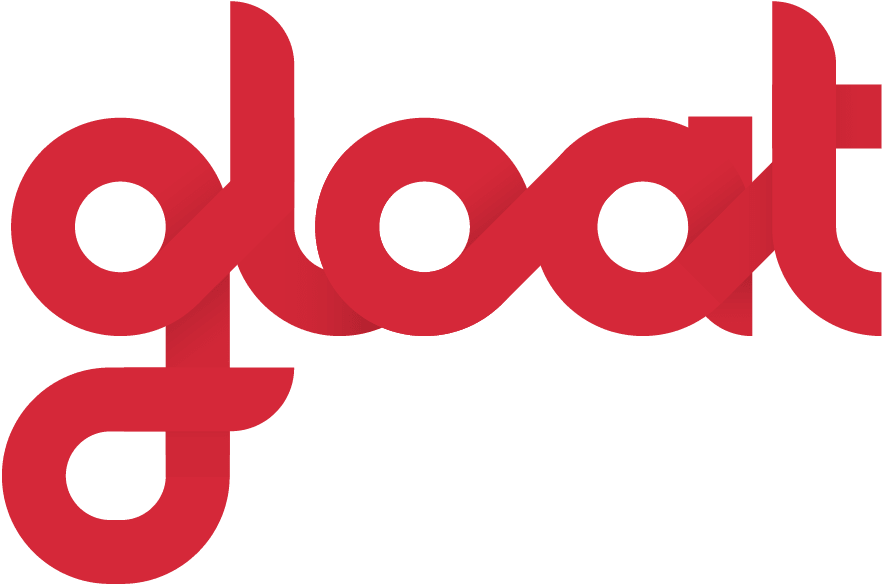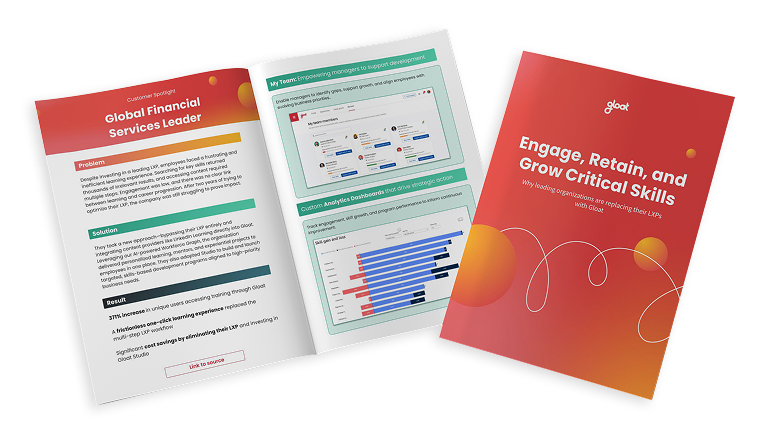The Power of Dynamic, Skills-Based Learning in the Flow of Work
How learning strategies must evolve to meet the demands of AI-era transformation

In today’s world of work, skills are in a constant state of flux.
New technologies, especially generative AI, are reshaping how tasks are performed, how teams are structured, and what it takes to stay competitive. The half-life of skills is shrinking, and the expectation that employees will be able to “learn once and apply forever” no longer holds up.
Yet for many organizations, the way we develop people hasn’t kept pace.
Learning still happens outside of the flow of work. Programs are built around roles rather than emerging skill demands. And too often, the connection between business strategy and workforce development remains weak or unclear.
It’s time to reimagine learning, not as a separate initiative, but as a dynamic, skills-based system embedded into everyday work.
What is dynamic skills-based learning?
Dynamic skills-based learning focuses on teaching practical, adaptable skills aligned with real-time job market demands. This method uses data to adjust learning pathways and emphasizes building competency through experiential learning over more traditional development strategies. Learners progress by demonstrating skills rather than completing fixed course timelines.
The dynamic nature of skills
The rise of AI is accelerating many elements of our working world, including the pace at which learned knowledge becomes out of date. Research estimates that the average half-life of skills is now less than five years, and in some tech fields it’s as low as two and a half years. That means that people must keep updating their expertise and honing new capabilities if they want to stay relevant and employable. Some employees will find that AI and other new technologies have so significantly altered the nature of what they do that in effect they’re working in new fields or across new workflows.
Why traditional learning strategies aren’t working anymore
The traditional L&D playbook assumes a relatively stable environment. It treats learning as a linear journey, often disconnected from the shifting realities of business.
But today, roles are being unbundled. Teams are forming around projects, not functions. And AI is taking on increasingly complex tasks, requiring humans to adapt in real time.
Under these conditions, legacy approaches to learning—static course catalogs, top-down learning paths, annual planning cycles—simply can’t keep up.
Even when companies adopt the 70-20-10 learning model, which emphasizes experiential and social learning over formal training, they often struggle to operationalize it. Learning experiences remain siloed from day-to-day work, and employees are left to navigate development on their own.
Samantha Morris, Organizational Development Partner at Molson Coors, put it plainly:
“We have people who are hungry to learn and people who need to get critical work done, but we haven’t been very effective at bringing those two parties together…We really had no idea that there was technology out there that could bring the 70-20-10 learning model to life at our organization. The possibilities are really endless for us.”
Learning, redefined: Skills-first and in the flow of work
The organizations that are thriving in this new environment are taking a fundamentally different approach. They’re shifting from role-based development to skills-based development. And they’re embedding learning directly into the systems, workflows, and moments where work happens.
This shift enables several important things:
Real-time relevance
Learning opportunities are surfaced based on emerging needs, whether that’s a new AI tool being rolled out or a new initiative that requires cross-functional collaboration.
Adaptive pathways
Rather than forcing everyone through the same training, employees can pursue targeted experiences—like mentorship, stretch projects, or micro-learning—that align with their goals and the company’s priorities.
Skills visibility
By mapping current and emerging skill sets across the workforce, organizations can plan more strategically for future talent needs and redeployment.
Practical ways to enable dynamic learning
So what does this actually look like in practice? A few critical enablers are emerging:
Work-integrated learning systems
These connect development opportunities—like mentorships, learning content, or on-the-job experiences—with the platforms employees use every day (e.g., Microsoft Teams, talent marketplaces, internal mobility platforms).
Skills intelligence
Rather than relying on job titles, companies are building skills taxonomies and ontologies that give a real-time view into where capabilities exist—and where they’re needed next.
AI-powered personalization
With generative AI, employees can now ask natural-language questions like “What skills do I need to become a team lead?” and receive curated development suggestions based on both their profile and organizational needs.
Manager enablement
Equipping managers to recognize skill gaps, coach effectively, and match team members to learning-rich assignments is essential to scaling dynamic development.
From learning programs to learning ecosystems
Ultimately, the most forward-looking organizations aren’t just building better programs. They’re building learning ecosystems; integrated environments where skills development, career growth, and business execution are deeply intertwined.
In these ecosystems:
- Learning is no longer a detour; it’s part of the route
- Employees are not just consuming knowledge; they’re applying it in real time
- Development doesn’t pause for the pace of business; it accelerates it
And as AI continues to reshape work, this kind of agile, integrated learning will become not just a nice-to-have, but a core driver of resilience and performance.
Start with skills, design for agility
Learning in the flow of work is not a buzzword. It’s a design choice. One that starts by shifting focus from jobs to skills, from static plans to dynamic ecosystems, and from content delivery to opportunity creation.
Companies that embrace this shift won’t just have more capable employees; they’ll have more adaptable organizations. Because in an era defined by uncertainty and automation, the most valuable capability of all is the ability to learn and apply it at speed.
Ready to give your learning strategy a dynamic, skills-based makeover? Check out our L&D toolkit to find out how to upgrade upskilling and reskilling for the AI era.





